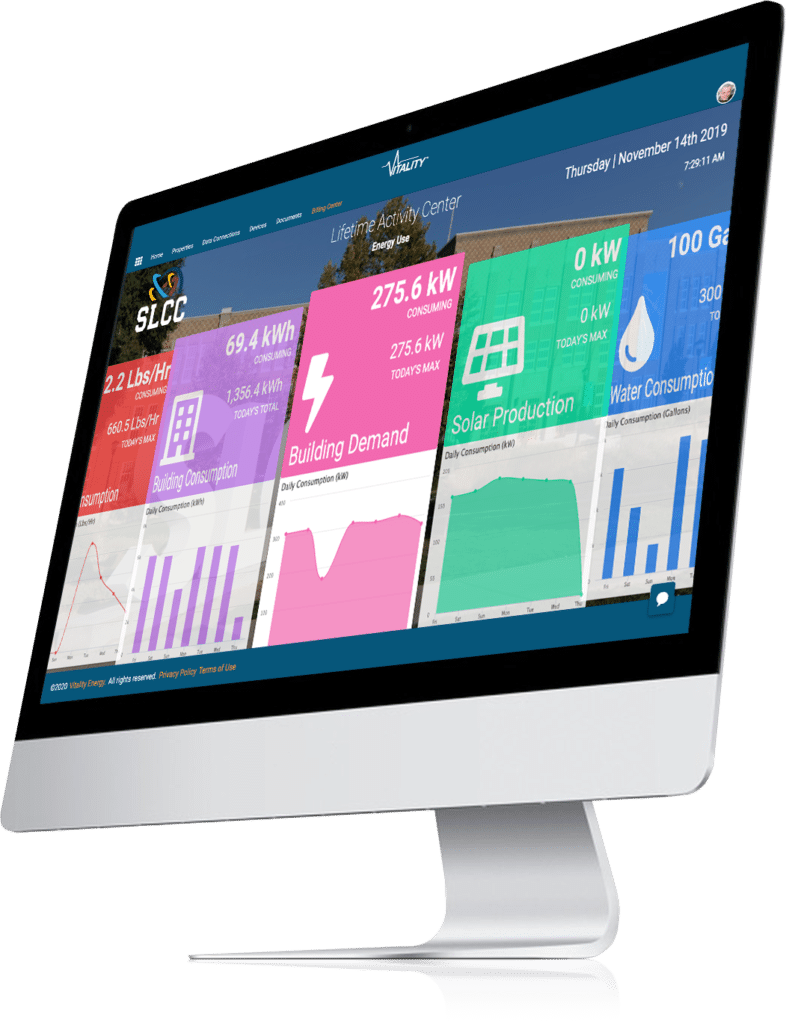
ISO 50001 is a global standard that helps companies manage their energy use better. It’s all about finding ways to save energy and protect the environment. This blog outlines the ISO 50001 certification, and by following this standard, organizations can track how much energy they use and come up with smart ideas to use less. This not only helps the planet but also saves money by cutting down on energy bills.
Introduction to ISO 50001
ISO 50001 goes beyond being a simple standard. It’s like a strategic tool that organizations can use to achieve multiple goals. By adopting ISO 50001, businesses can not only save money. But they can also have a positive effect on the environment by tracking emissions. ISO 50001 offers a structured framework for organizations to excel in managing their energy. They can set challenging targets, track their progress, and improve their energy performance over time. This allows organizations to demonstrate their commitment to sustainability.
Implementing Energy Management for ISO 50001
1. Commitment from top management
A senior leader within the organization should be assigned responsibility for the EMS and demonstrating leadership.
2. Establish an energy policy
An energy policy should be developed that outlines the organization’s commitment to energy efficiency and reducing greenhouse gas emissions.
3. Conduct an energy review
An energy audit should be conducted to identify areas of energy waste and inefficiency.
Benefits of implementing ISO 50001
Cost savings
By using energy more efficiently, businesses can lower their energy bills by up to 20%
Reduced carbon footprint
When companies improve how they use energy, it leads to a smaller carbon footprint and a more eco-friendly operation..
Enhanced reputation
Following ISO 50001 shows a dedication to sustainability, which can set a company apart from competitors and enhance its reputation.
Key requirements of ISO 50001
ISO 50001 has certain important requirements that organizations must meet. These include creating, implementing, maintaining, and continuously improving an energy management system (EMS). This outlines the details for developing a policy, making plans, putting them into action, measuring progress, and reviewing the results. It also provides guidance for auditors who assess the implementation of ISO 50001.
Steps for ISO 50001 certification
| Step | Description |
| 1 | Appoint an energy manager and establish an energy policy and objectives. |
| 2 | Conduct an energy review and identify areas of significant energy consumption. |
| 3 | Establish an energy management plan and implement energy-saving measures. |
| 4 | Monitor and measure energy consumption and performance to track progress. |
| 5 | Conduct internal audits and management reviews to ensure compliance and identify areas for improvement. |
| 6 | Obtain certification from an accredited certification body. |
Challenges in implementing ISO 50001
Lack of senior management buy-in
When top management doesn’t fully support the implementation, it can stop the progress right from the start.
Complexity of ISO 50001
Understanding and using the standard can be challenging, and it requires specialized knowledge and expertise.
Data collection and monitoring
Collecting and studying energy data can take a lot of time and resources, especially for bigger organizations.
Conclusion and future of ISO 50001
ISO 50001 is a helpful tool for businesses that want to get better at using energy and being more eco-friendly. This standard is getting more and more recognized globally, and more companies are trying to get certified. As the world pays more attention to sustainability, ISO 50001 will be key in encouraging the best ways to manage energy.